Cancer Immunotherapy – Nature Reviews Genetics
Cancer touches almost everybody’s life. Here in this playlist you can watch a comprehensive summary about molecular and cellular mechanisms involved in cancer biology. Based on this knowledge, various new approaches for treatment is now on the agenda. Some have already showed considerable success. Advances in cancer therapy comes from a number of cutting edge studies and projects including genomics, antibody research and metabolic understanding of cancer cells. The Cancer Genome Atlas project has been revolutionary in understanding the genomic […]

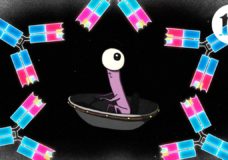
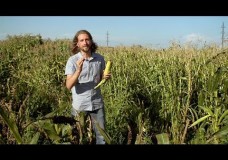
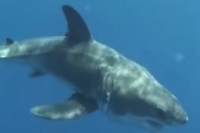
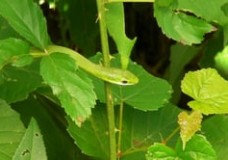
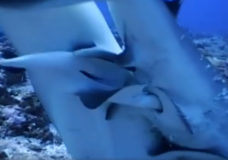

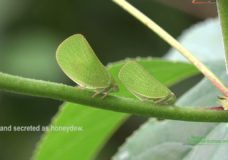

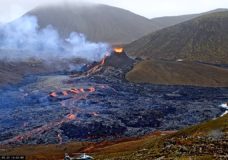





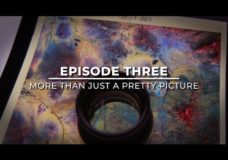

Recent Comments